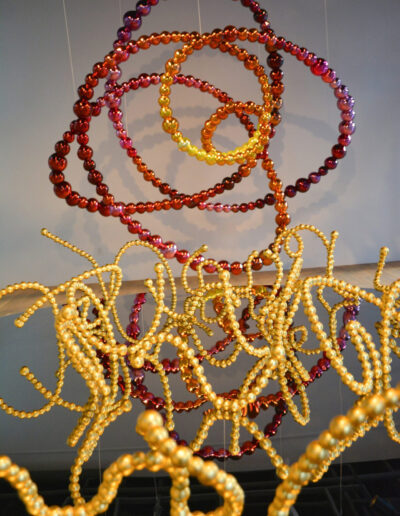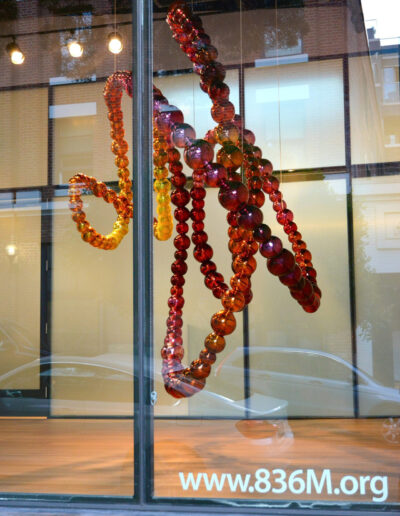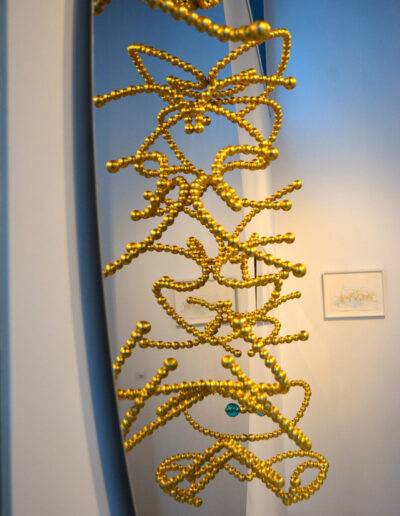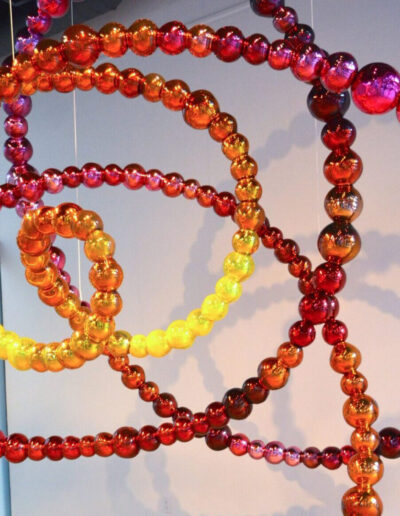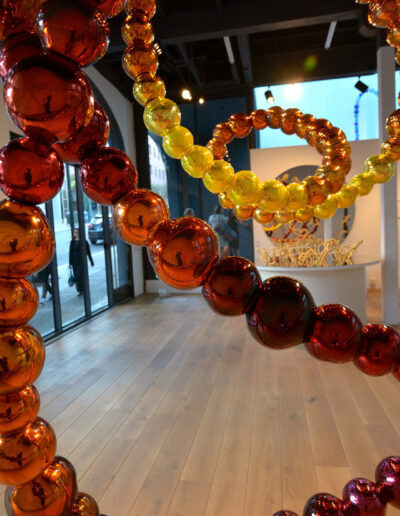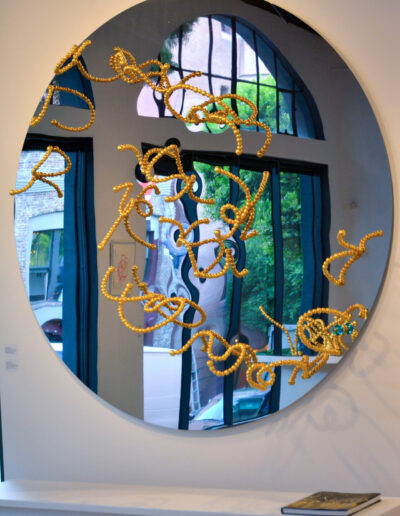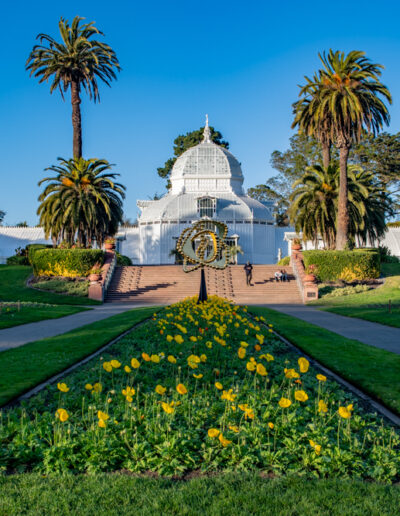ARTISTS
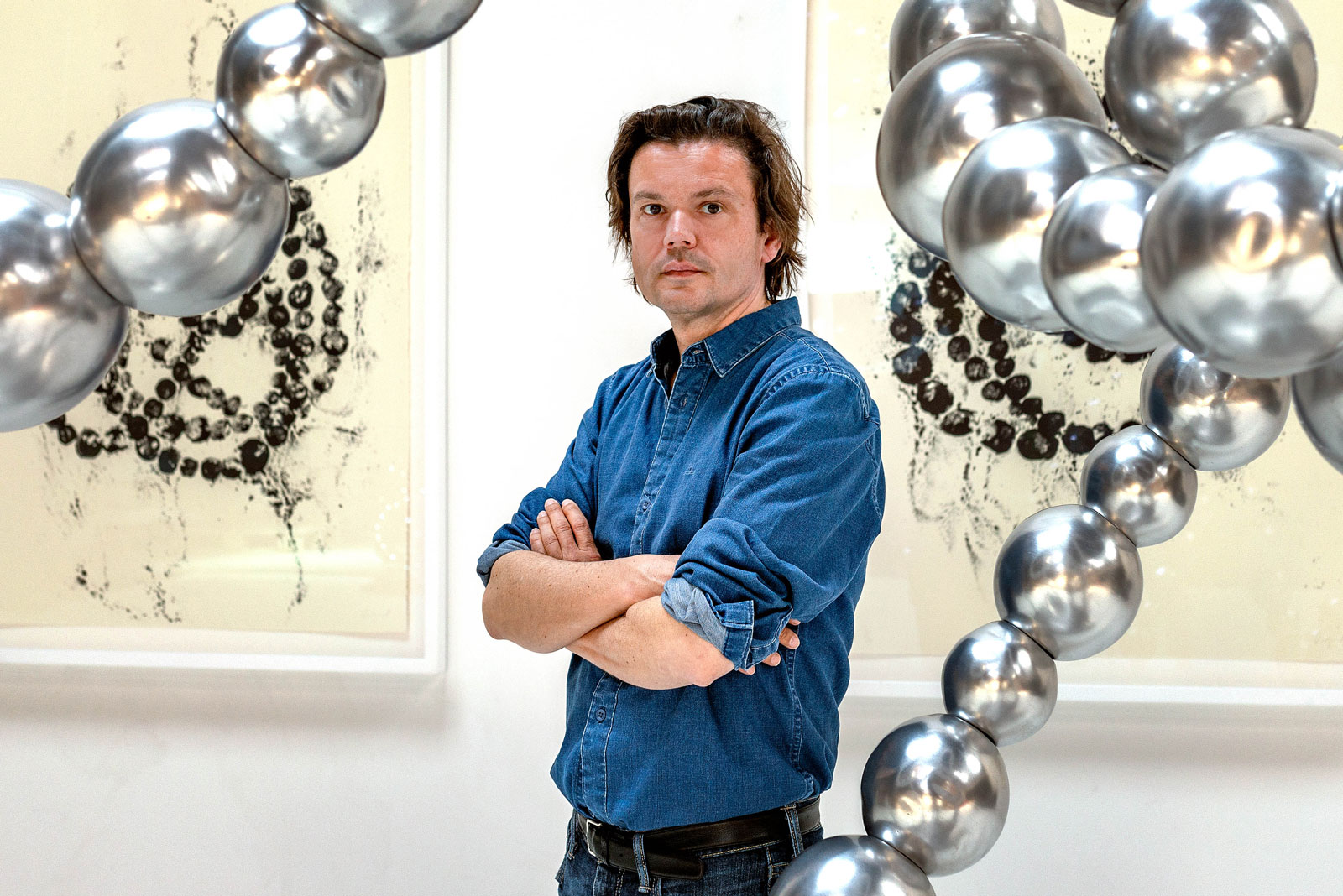
EXHIBITION:
DATES:
CURRENTLY BASED:
WEBSITE:
With a marked taste for metamorphosis, sublimation, and transmutation, Jean-Michel Othoniel, born on January 27, 1964, in Saint-Étienne and working in Paris, shows a fondness for materials with reversible properties. At the beginning of the 1990s, he started with works made out of wax or sulfur, showing them at the Kassel documentary in 1992.
A turning point in his output came the following year when he began employing glass. Working with the finest glassmakers in Murano, he explored the material’s properties that subsequently became a hallmark of his work.
From 1996, he put this plan into action: placing his works in the landscape, hanging giant necklaces in the gardens of the Villa Medici, Rome, and from trees in the gardens of the Peggy Guggenheim Collection in Venice (1997), as well as in the Alhambra and the Generalife in Granada (1999). In 2000, he carried out a public order for the first time to transform the Paris subway station of Palais-Royal–Musée du Louvre into Le Kiosque des Noctambules, a double crown of glass and aluminum concealing a bench conducive to brief encounters in the sleeping city.
Each of his many exhibitions has offered an opportunity to experiment with the multifaceted potential of glass: in 2003, at the show Crystal Palace at the Foundation Cartier in Paris and the MoCA in Miami, he had made blown-glass forms that soon morphed into enigmatic sculptures somewhere between jewelry, architecture, and erotic object. The following year, in 2004, under the umbrella of the exhibition Contrepoint, an invitation from the Musée du Louvre to exhibit in the spectacular Mesopotamian rooms, an occasion for the artist to show his first freestanding necklaces.

